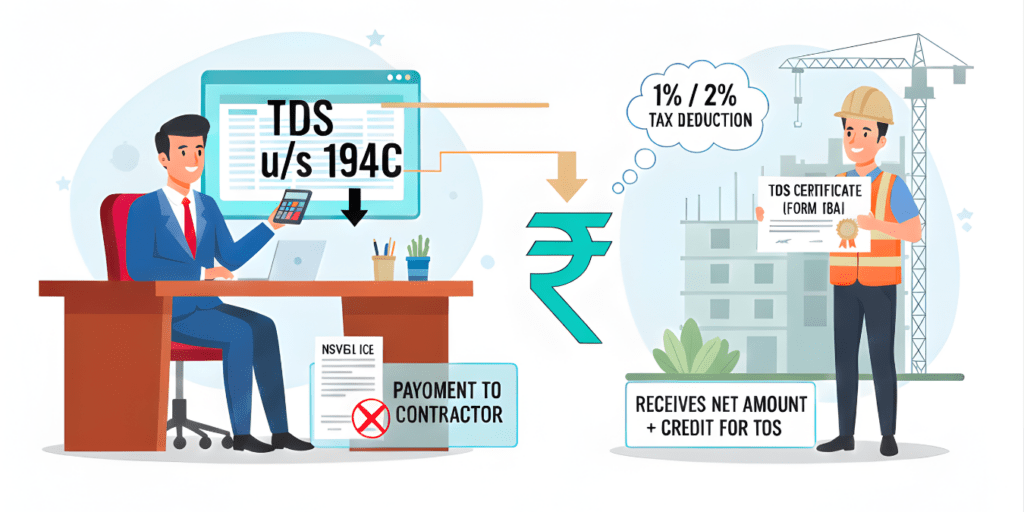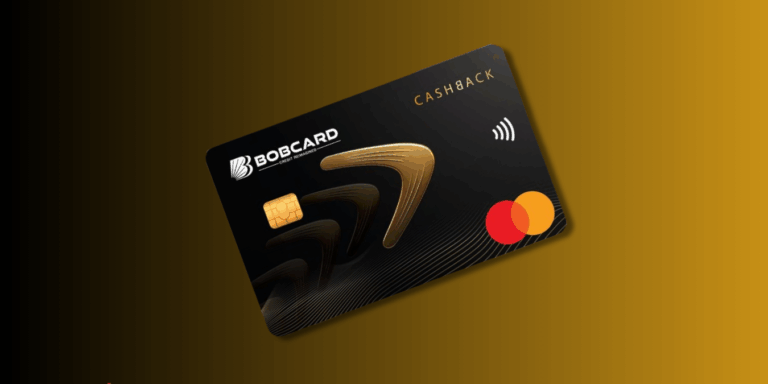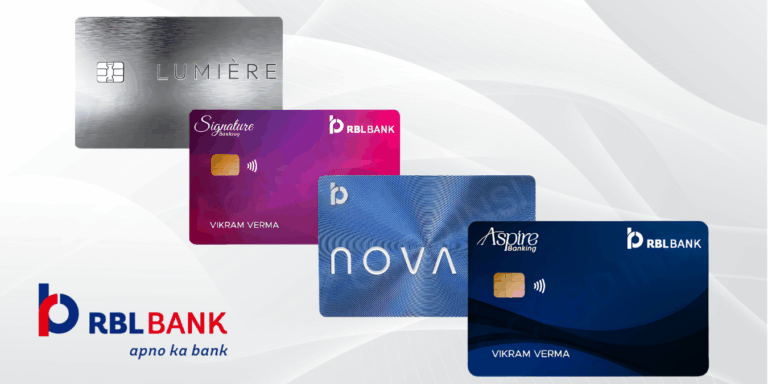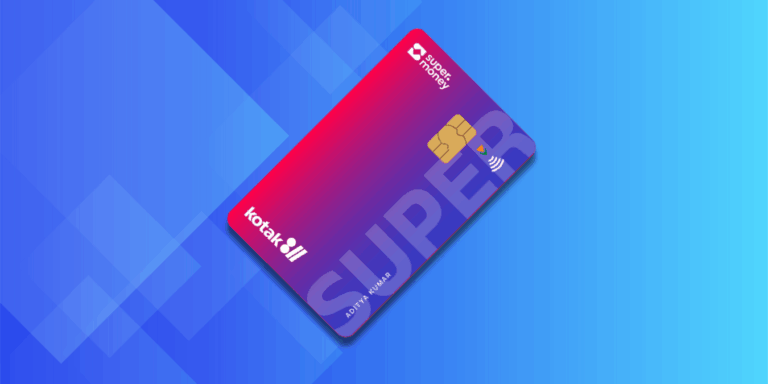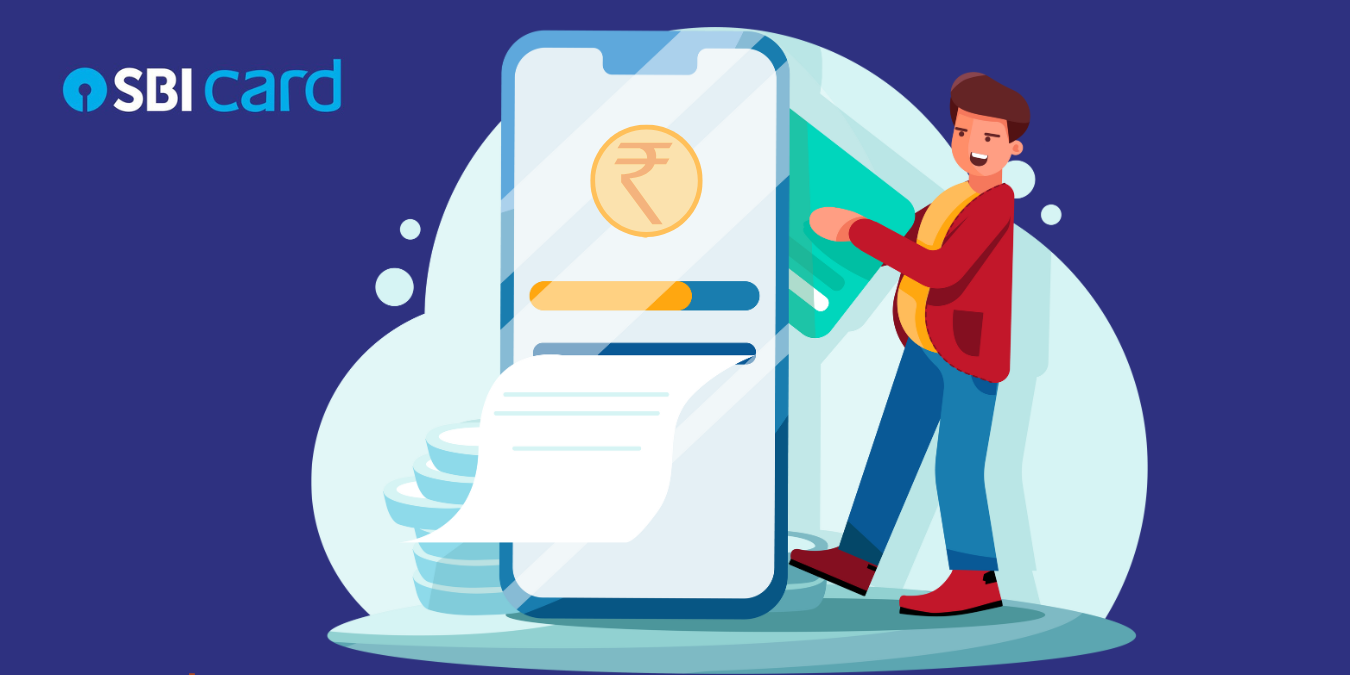
SBI Card Revises Fee from November 1, 2025: What If Your Next Wallet Load on SBI Card Triggers a Hidden Charge
Did SBI Card’s November 2025 fee hike sneak up on you? New 1% charges on education payments via apps like CRED and wallet loads over ₹1,000 could drain ₹5,000 yearly! Uncover why these changes hit now, how to dodge them with one direct-pay trick, and the hidden late-fee trap spiking to ₹1,300. Packed with 2025 trends and pro hacks, this guide saves Indian cardholders big while boosting rewards. Curious about the secret to fee-free transactions?
Starting November 1, 2025, SBI Card is rolling out an updated fee structure that impacts key transactions such as education-related payments and wallet loads, along with certain card replacement fees. This move reflects SBI Card’s effort to align charges with the changing payment ecosystem and merchant codes. For millions of SBI Cardholders across India, understanding these changes is crucial to avoid surprises and manage cards efficiently. It’s the new reality for millions of SBI Cardholders when India’s digital payments have exploded to over 130 billion transactions, driven by UPI’s dominance, these changes signal a shift toward more sustainable card usage.
Quick Summary of SBI Card Fee Changes from Nov 2025
For busy readers scanning on the go, here’s the featured snippet-style overview matching your search for “SBI Card revises fee from November 1, 2025”:
- Education Payments via Third-Party Apps: 1% fee on transactions through CRED, Cheq, MobiKwik (MCC codes 8211, 8220, 8241, 8244, 8249, 8299). Direct payments to schools/colleges via official sites or POS? Fee-free.
- Wallet Loads: 1% fee on loads exceeding ₹1,000 (MCC 6540, 6541) for apps like PhonePe, Paytm, Amazon Pay. Under ₹1,000? No charge. Plus 18% GST on the fee.
- Unchanged Core Fees: Cash payments (₹250), cheque payments (₹200), cash advances (2.5% min ₹500 domestic/international), late payments (₹400–₹1,300 slabs).
- Card Replacements: ₹100–₹250 standard; ₹1,500 for Aurum cards. Abroad emergencies: $175 (Visa) or $148 (Mastercard).
- Late Payment Slabs: Nil up to ₹500; ₹400 (₹501–₹1,000); ₹750 (₹1,001–₹10,000); ₹950 (₹10,001–₹25,000); ₹1,100 (₹25,001–₹50,000); ₹1,300 (above ₹50,000). Extra ₹100 for two consecutive misses.
- Effective Date: November 1, 2025—mark your calendars to plan ahead and avoid credit dings.
This snapshot saves time, but stick around for the deep dive into why these matter for your wallet in India’s booming ₹180 lakh crore UPI ecosystem.
Why SBI Card Revised Its Fee Structure in 2025
India’s payment scene is on fire in 2025. With UPI handling 84% of retail digital volumes—up from 75% last year—and total transactions hitting 185.9 billion in FY25, card issuers like SBI are recalibrating. SBI Card, serving over 20 million users amid 109 million active cards nationwide, introduced these revisions to mirror merchant category code (MCC) evolutions and curb high-volume, low-margin transactions.
The trigger? Surging wallet loads and intermediary education payments, which exploded post-pandemic. In FY25, credit card spends crossed ₹30 trillion, but third-party routes often bypassed direct fees, straining issuer sustainability. By targeting these, SBI aligns with RBI’s Payments Vision 2025, promoting transparent channels while preserving rewards on core spends.
For Indian families, this means rethinking habits. Direct school payments stay free, nudging users toward official portals amid rising education costs—average annual fees hit ₹2–3 lakh for urban undergrads in 2025. It’s a win for efficiency, but a wake-up call for app-loving millennials juggling gig economy gigs and family bills.
Experts note this reflects broader trends: Banks rationalizing fees as UPI’s 40% CAGR outpaces cards’ 19%. SBI’s move isn’t punitive—it’s adaptive, ensuring robust services like milestone rewards amid 300 million monthly card swipes.
Complete List of New SBI Card Charges
Let’s unpack the nitty-gritty. These aren’t blanket hikes; they’re precise tweaks for high-risk categories. We’ve tabled the essentials for quick reference, blending new and unchanged fees. All figures exclude 18% GST where applicable.
1. Education Payment Fees via Third-Party Apps
Third-party apps revolutionized fee payments, but now they come with a tag. Identified via MCCs like 8211 (schools) and 8299 (misc education), these hit payments funneled through aggregators.
- Fee Breakdown: 1% of transaction value—no cap, no min.
- What Triggers It?: Swipes on CRED for IIT tuition or MobiKwik for coaching classes.
- Exemptions: Direct hits to institution sites (e.g., DU portal) or campus POS. In 2025, with edtech spends up 25% to ₹50,000 crore, this saves savvy users hundreds.
Real Example: Paying ₹1 lakh via Cheq? Expect ₹1,000 fee. Direct? Zero. Pro tip: Bookmark school URLs.
2. Wallet Load Transaction Fees
Wallets are India’s digital darlings—70% penetration among internet users in 2025. But frequent top-ups via cards? Now costlier for big bites.
- Fee Details: 1% on amounts over ₹1,000 per load (MCC 6540/6541).
- Threshold Play: Split ₹5,000 into five ₹999 loads? Fee-free. Lump it? ₹50 hit.
- GST Add-On: 18% on the fee itself—turning ₹50 into ₹59.
This curbs “credit laundering,” where cards fund wallets for cash-like spends. With UPI Lite boosting small transactions, expect more micro-loads ahead.
3. Existing Fee Structure – No Changes Here
Most everyday charges hold steady, but they’re worth a refresh amid 34.8% digital volume growth. Here’s the table:
| Fee Type | Charge Amount |
| Cash Payment Fee | ₹250 |
| Payment Dishonor Fee | 2% of payment or min ₹500 |
| Cheque Payment Fee | ₹200 |
| Cash Advance (Domestic) | 2.5% of amount, min ₹500 |
| Cash Advance (Intl) | 2.5% of amount, min ₹500 |
| Card Replacement | ₹100–₹250 (₹1,500 for Aurum) |
| Emergency Replacement Abroad | Min $175 (Visa)/$148 (Mastercard) |
| Overlimit Fee | ₹500 |
| Finance Charges | 2.5–3.5% p.m. (up to 42% p.a.) |
These persist, emphasizing timely habits in a market where defaults ticked to 1.8%.
4. Late Payment Fee Slabs
Missed dues sting hardest—RBI’s 3-day grace helps, but slabs escalate fast. No fee under ₹500 outstanding, but watch for the ₹100 repeat penalty.
- Slab 1: ₹0–₹500: Nil
- Slab 2: ₹501–₹1,000: ₹400
- Slab 3: ₹1,001–₹10,000: ₹750
- Slab 4: ₹10,001–₹25,000: ₹950
- Slab 5: ₹25,001–₹50,000: ₹1,100
- Slab 6: >₹50,000: ₹1,300
- Repeat Hit: +₹100 per cycle after two misses
In 2025, with average card limits at ₹2–3 lakh, a single slip could cost ₹950—plus CIBIL dips. Use auto-debit to dodge.
Step-by-Step Guide to Manage SBI Card Fees Post November 2025
Navigating changes? Follow this roadmap, tailored for Indian hustlers balancing Diwali shopping and school fees. It's designed for 2025's fast-paced life, where 83% of digital payments are UPI-led.
- Audit Your Education Payments: Log into your card app. Identify recurring fees—e.g., ₹20,000 quarterly for tuition. Switch to direct portals like those of VIT or Symbiosis. Tools: Use SBI's transaction tracker to flag MCCs.
- Strategize Wallet Loads: Before topping PhonePe for groceries, calculate: Need ₹2,500? Do two ₹1,250 loads (₹12.50 fee) or three under ₹1,000 (zero). Integrate UPI for seamless splits—RBI's delegated payments make it family-friendly.
- Scan Statements Monthly: Download via SBI YONO app. Query anomalies within 7 days—2025's AI chatbots resolve 90% instantly. Set alerts for due dates, syncing with Google Calendar.
- Master Timely Payments: Pay full via NEFT/RTGS (free) or UPI-linked cards. Partial? Hit minimum due (5% of statement). RBI's grace: 3 extra days, but don't test it—delinquencies rose 0.2% YoY.
- Prep for Replacements: Lost card in Goa? Report via 1800-180-1290; standard fee ₹150. For premium like Aurum, insure via add-ons. Track via app's "Card Controls."
- Harvest Rewards Wisely: New fees exclude rewards on direct ed-pays. Stack with SBI's 2025 cashback—up to 5% on utilities. Monitor expiry via email nudges.
Repeat quarterly. This routine could save ₹2,000–5,000 annually, per average user spends.
Pro Tips to Optimize SBI Card Use in 2025
Elevate your game with these insider hacks, drawn from 2025 trends where Tier-II cities like Jaipur see 40% card growth. Short, sharp, and India-centric.
- Auto-Pay Direct for Education: Link SBI Card to college portals via standing instructions. Avoids 1% fee; plus, EMI options at 0% for 6 months on ₹10,000+—ideal for back-to-school in July.
- EMI Magic for Big Buys: Convert wallet-adjacent spends (e.g., Amazon Pay loads) to no-cost EMI. 2025 rates: 12–24 months at 1.2% processing. Saves on interest vs. 3.5% p.m.
- Micro-Load Wallets Smartly: For Paytm recharges, batch under ₹1,000 during reward hours. UPI's 2% discount proposal could amplify savings—watch RBI updates.
- Reward Stacking: Earn 10X on ed-direct via SimplyCLICK; redeem for Flipkart vouchers. 2025 trend: Co-branded cards with IRCTC yield 5% on travel, offsetting fees.
- Profile Vigilance: Update KYC via app for personalized alerts. Join SBI's 2025 webinars on "Fee-Free Fridays"—exclusive zero-fee windows for select transactions.
- Hybrid UPI-Card Plays: Link RuPay SBI cards to UPI for fee-free P2M. Volumes doubled to ₹63,826 crore in FY25—your edge in Surat street shopping.
Bonus: Track via Mint app integrations—free budgeting with SBI sync.
Mistakes to Avoid With SBI Card Fees
One wrong swipe, and fees snowball. In 2025, with 430 million monthly transactions, pitfalls abound. Here's how to dodge:
- Blind Third-Party Ed-Pays: Assuming CRED's ease trumps cost—₹1,000 hidden on ₹1 lakh. Fix: Verify MCC pre-transaction via app.
- Mega Wallet Dumps: Loading ₹10,000 at once for festival sales? ₹100 fee plus GST. Break it; use UPI direct for merchants.
- Due Date Drift: Forgetting amid monsoon commutes—₹950 late hit tanks CIBIL by 50–100 points. Set bi-weekly reminders.
- Notification Neglect: Ignoring SBI emails on changes—30% users miss, per 2025 surveys. Enable push alerts; follow @SBICard on X.
- Replacement Delays: Panicking abroad without reporting—$175 vs. ₹150 domestic. Activate virtual cards instantly via app.
- Reward Oversight: Chasing points on fee-heavy categories, netting negative ROI. Prioritize: Ed-direct yields 2–5% back.
Avoid these, and you'll join the 70% of users maintaining 750+ scores.
Expert Insights on SBI Card Fee Revisions and Usage Trends in 2025
Experts believe SBI Card's fee revisions reflect a growing trend among banks to rationalize fees aligned with merchant category codes and digital transaction growth. Fee on education payments via third-party platforms urges users to transact more transparently and directly, reducing intermediaries. The wallet load fee targets frequent wallet top-ups, aligning with RBI and card network guidelines for regulated transaction costs.
Financial advisors recommend that cardholders keep updated with such fee revisions and harness official payment channels to avoid penalties and fees. Educating customers on fee structures also nudges more responsible and informed credit card use, essential in a dynamically evolving digital payments ecosystem in India.
The Bigger Picture: Credit Cards in India's 2025 Digital Boom
Zoom out: Cards are UPI's sidekick, with 30% transaction growth vs. debit’s dip. SBI's fees fit a ecosystem where 99.9% retail is digital, currency ratio at 15.4%. Future: Cross-border UPI via Nexus, slashing forex fees.
For Indians, it's empowerment—use cards for aspirational spends (40% Gen Z debt trap notwithstanding), but wisely.
Final Thoughts: How to Stay Ahead with SBI Card Changes from November 2025
SBI Card's November 1, 2025, revisions aren't roadblocks—they're guardrails for smarter spending in India's digital gold rush. By ditching third-party ed-pays and capping wallet loads at ₹999, you'll dodge 1% hits, preserve rewards, and shield your CIBIL amid 1.7% delinquency rises.
Your next step? Today: Review last statement, set auto-pays for December dues. Download SBI app for alerts. Join forums like r/IndiaInvestments for peer tips. Master this, and 2025's ₹30T card market becomes your playground—not pitfall. What's your first switch? Share below—let's build fee-free futures together.
Disclaimer: The use of any third-party business logos in this content is for informational purposes only and does not imply endorsement or affiliation. All logos are the property of their respective owners, and their use complies with fair use guidelines. For official information, refer to the respective company’s website.



















